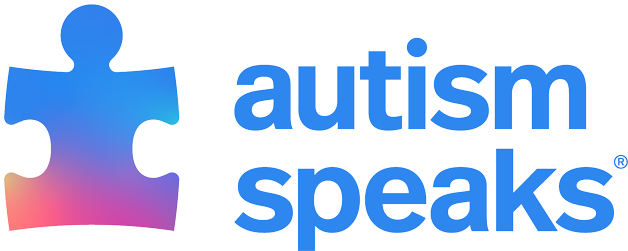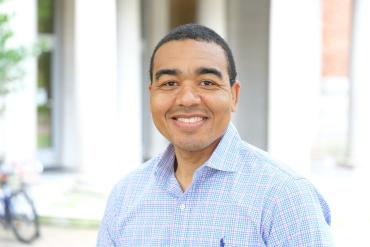Dr. Brian Boyd is bringing diversity to the field of autism research
Throughout his career, Dr. Brian Boyd has shaped his research questions by listening and learning from the community. His research has taken many turns, from an early focus on repetitive behaviors and sensory differences, to studies of interventions in school settings, to research on the impact of identity on Black autistic children and their families. His current focus is understanding the experiences of historically marginalized populations who have not been represented in autism research.
In this Q&A, he reflects on his career, discusses how the field of autism research can become more diverse and shares tips for Black researchers looking to make an impact.
Brian Boyd is the William C. Friday distinguished professor in education in the School of Education at the University of North Carolina at Chapel Hill. He was previously the director of the Juniper Gardens Children’s Project at the University of Kansas. He is currently a member of the Autism Speaks Medical and Science Advisory Committee.
Can you tell me about your current research?
The kind of research I do has evolved over time. My more recent work has shifted into understanding how intersectional identities impact the experiences and outcomes of Black autistic children and their families. We know that Black families of autistic children have racialized experiences—they experience discrimination and racial microaggressions. We’re trying to understand how that impacts their mental health and capability to parent their child.
The other piece of that is trying to understand what sorts of assets and cultural wealth these families have that help them overcome those racialized experiences. We know that there are lots of strengths that marginalized communities bring to the table.
Lastly, we are looking at the role that factors like implicit bias may play in the services that Black and brown children with autism are getting access to. All of this work is still new and emerging for me, but that’s where my research is headed.
What inspires your research priorities?
My direct interactions with families have always shaped the research questions that I’m asking. That’s how I ended up focusing my work on Black families—the stories they were telling me weren’t reflected in research. I realized that they were having some unique experiences that were impacted by race and racism, and that we needed to better understand those.
We were missing a lot in the research we were doing because it’s so predominated by white middle-class families. To have a full understanding of autism, we needed to have a more explicit focus on historically marginalized groups.
That’s why my interest shifted, and it really draws into who I am as a Black man who understands being marginalized in society. Knowing that I’m doing something that is a benefit to the community has helped me stay engaged and stay motivated.
How are you collaborating with local communities to do this work?
We’ve been trying to figure out how to do true community partnered research with organizations that are serving Black and brown communities. For example, I am working in partnership with The Color of Autism Foundation to better understand the experiences of Black families. That relationship started as a practical collaboration running virtual support groups for Black fathers of children with autism, but now we’re shifting to more research-based collaborations. We recently wrote an article published in Autism on their group-based support model for Black families with children on the spectrum. We also just wrote a grant together to really look at risk and resilience in these families.
How do you think the field of autism research could become more diverse?
I think it’s a lot of listening and learning from communities, and that takes some trust building, especially in communities where historical harms have been done. We have to realize that sometimes, we are in a space as researchers that perpetuated those harms. I think more community partnered research is important, where we’re asking and answering questions that are of relevance to the community—that are based on what the community wants us to understand.
We also need to diversify the field in other ways—more autistic researchers, more researchers of color—because they could really help to shift and drive the research agenda, or at least make sure that questions that we haven’t thought about are being asked.
What’s one piece of advice that you would give to young Black researchers that are trying to break into this field?
I think it’s important for people of color to realize that they have value and they’re contributing to the conversation—to know that they’re in that room for a reason, and to really understand and recognize what they’re bringing to the table just by being in that space.
It took my own personal journey to get comfortable with asking some of these questions about Black families, because as a Black researcher, I didn’t want to be pigeonholed into that space. I think part of it is understanding your own identity and being comfortable with who you are, and giving yourself the space and time to grow into that comfort. It takes a while to get there—you don’t have to show up with confidence on the first day.
Why did you decide to engage with Autism Speaks?
I sit on the Medical and Science Advisory Committee for Autism Speaks and I’m involved in the selection process for pre- and post-doctoral research funding. I got engaged because I was motivated by some of the diversity initiatives that Autism Speaks was trying to launch. This ranges from improving racial and ethnic diversity to increasing the pipeline of autistic researchers—really thinking about how they create space and opportunity for those who haven’t had an opportunity. Just knowing that Autism Speaks was genuinely interested in doing more really drew me to get involved.









